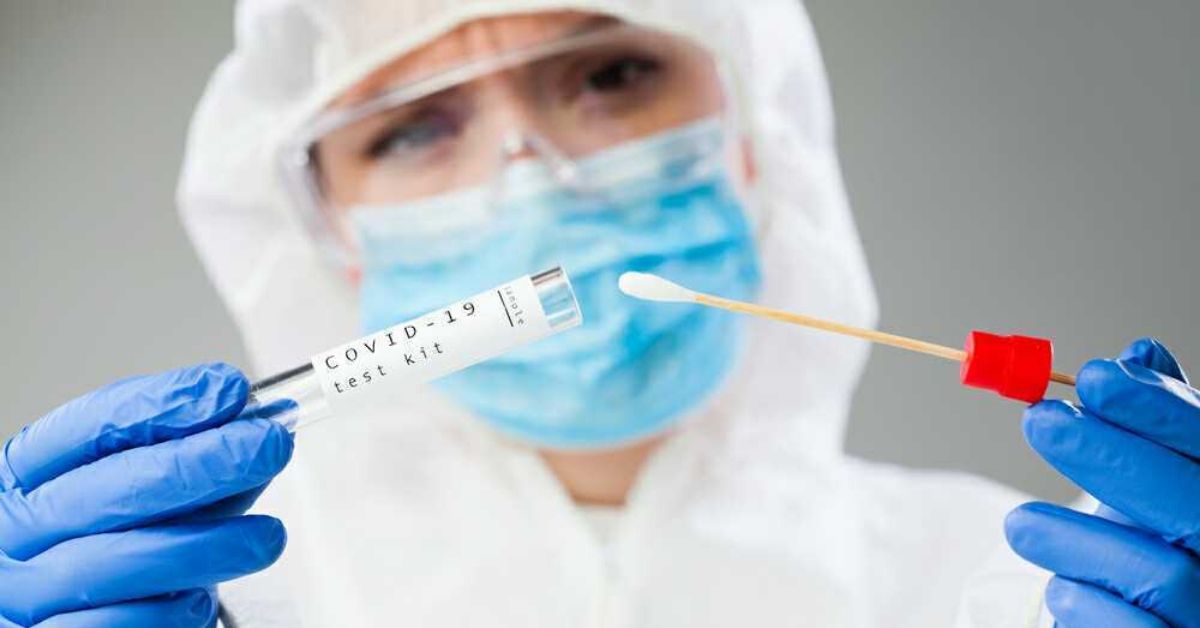With a pandemic underway, messages are doing the rounds that a pulse oximeter is a must-have in households, especially with family members with health problems. So what is a pulse oximeter? How does it work? And more importantly, how does one get a correct reading on it?
A pulse oximeter is a small, non-invasive and painless device that measures the oxygen level (oxygen saturation) of the blood. The device shows how well oxygen is being sent to those parts of your body furthest from your heart, such as the arms and legs.
The small clip-like device is fixed on a finger, or earlobe depending on the oximeter being used. It passes small beams of light through the blood in the finger which measures the level of oxygen. It measures the light absorption changes in oxygenated or deoxygenated blood.
The pulse oximeter can thus tell oxygen saturation levels as well as heart rate.
Ideally, the device reading should be in the range of 95 per cent to 99 per cent.
Is the oximeter reading the only parameter to monitor when it comes to COVID-19?

Dr Reubina Kd Singh, a gynaecologist based in Gurugram says, “It is one of the many parameters that we ask you to monitor. Shortness of breath, experiencing a tinge of blue on your fingertips and toes, or other symptoms like chest pain, dizziness, and even a fever accompanied by a cough or a body ache are all parameters we would consider.”
“Use the device if you are already in isolation, or if one has come in contact with a COVID-19 positive person, or experiencing fever and other allied COVID-19 symptoms,” she adds.
If you are hale and hearty then there is really no need to invest in the device and keep tabs on the readings.
There are now apps claiming to be able to calculate the oxygen saturation levels in the blood and doctors warn against the use of these as the accuracy cannot be 100 per cent in such cases.
Dr Mike Hansen, a pulmonologist based in the US, in this video answers the question about whether pulse oximeters are a good early indicator of COVID-19 infection.
“It is unlikely because low oxygen levels are a relatively late indicator of a person with COVID-19. The purpose of the pulse oximeter, for most people, is best served when one is feeling ill and they are deciding whether or not they should go to the hospital.”
How to properly use the pulse oximeter?
- Depending on the make of the oximeter, clip it on the finger
- Be sure to keep a check on the battery. In case the battery level is weak the reading you see might be compromised
- Once you have clipped on the oximeter make sure you do not press it down or squeeze it
- Most of the oximeters start measuring once it is clipped on and does not require any calibration
- In case you are unable to get an accurate reading try removing the oximeter and placing it back again on the same finger or another one
(Edited by Saiqua Sultan)
If you found our stories insightful, informative, or even just enjoyable, we invite you to consider making a voluntary payment to support the work we do at The Better India. Your contribution helps us continue producing quality content that educates, inspires, and drives positive change.
Choose one of the payment options below for your contribution-
By paying for the stories you value, you directly contribute to sustaining our efforts focused on making a difference in the world. Together, let's ensure that impactful stories continue to be told and shared, enriching lives and communities alike.
Thank you for your support. Here are some frequently asked questions you might find helpful to know why you are contributing?

